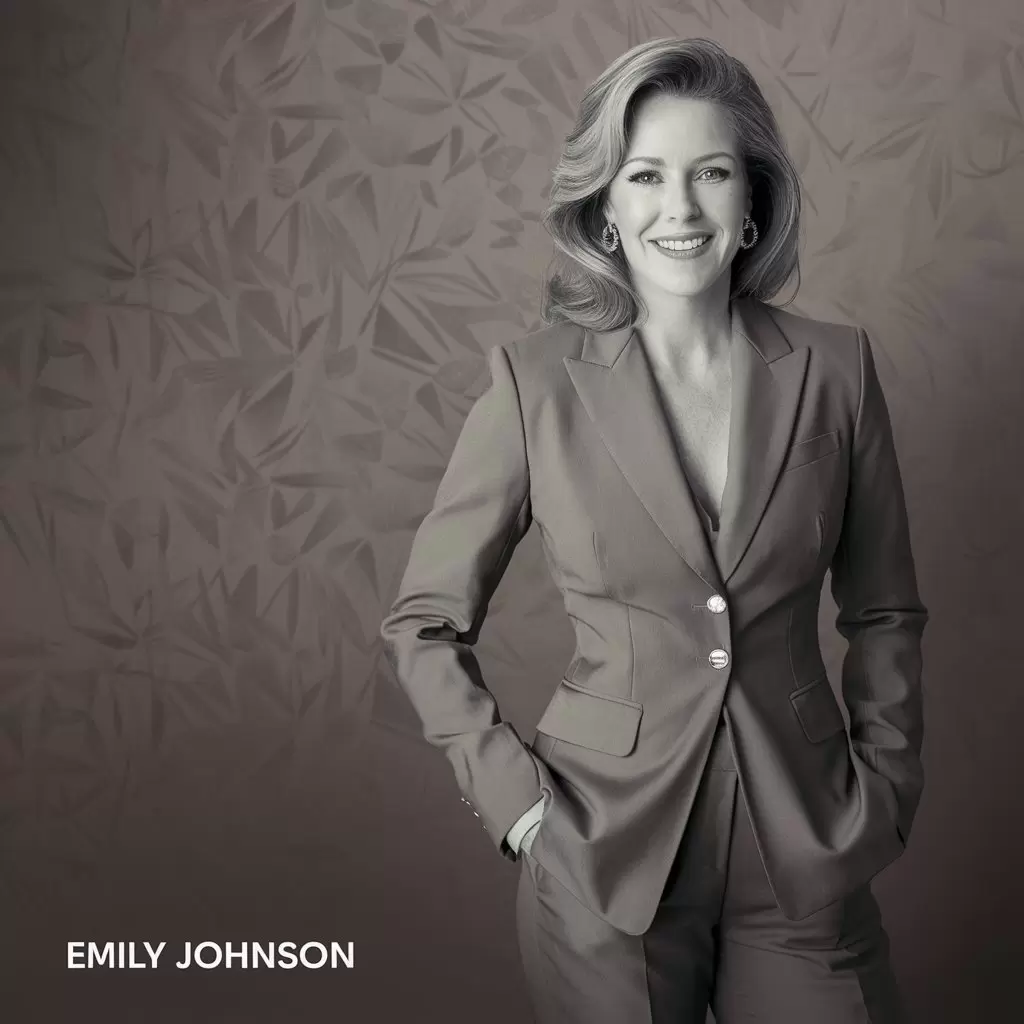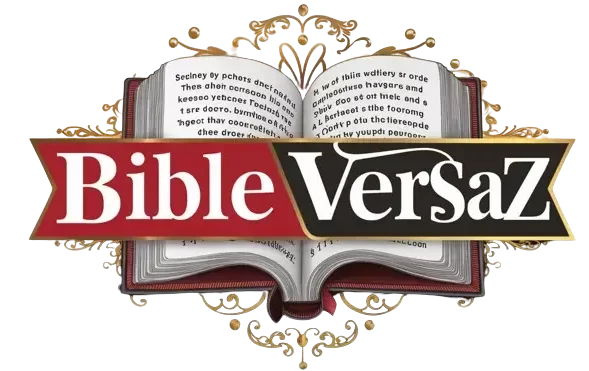If you’ve ever said, “Good riddance!” when bidding farewell to something or someone, you’re probably curious about where this phrase comes from and how it has evolved over time.
This simple yet powerful expression carries a lot of history and cultural significance that you might not be aware of. Whether you’re using it to express relief or frustration, understanding the origins and impact of “good riddance” can add a new layer of meaning to your everyday conversations.
In this article, we’ll explore the fascinating history, common usage, and cultural influence of this iconic phrase in 2025. So, if you’re ready to uncover the story behind this expression, keep reading – you won’t want to miss out!
Understanding “Good Riddance”
At its core, the phrase “good riddance” is a way to express relief that something or someone unwanted has gone.
It’s often used when a person or situation has caused stress or annoyance, and their departure is seen as a positive event. But the term itself can carry various tones, from genuine relief to sarcastic dismissal.
Literal Definition
“Good riddance” essentially means “I’m glad that person or thing is gone.” It’s a way of expressing that the departure of something unwanted is a welcome change.
The term is often employed in situations where something unpleasant or bothersome is finally removed from one’s life.
For example:
- “After all the chaos at the office, I heard she’s quitting. Good riddance!”
- “That old car finally broke down for good. Good riddance!”
The phrase, while positive in sentiment, can carry a negative edge depending on the tone of the speaker.
Common Contexts
You’ll most commonly hear “good riddance” used after a troublesome situation ends. Here are a few situations where people might say it:
- After a toxic person leaves a job or social circle: “Good riddance to that manipulative colleague!”
- When dealing with an annoying task: “I finally finished that tedious report. Good riddance!”
- When something or someone that has been a burden is gone: “The storm passed, and we can finally get back to normal. Good riddance!”
It’s a phrase often reserved for when you’re genuinely glad something is over, whether it’s a person, event, or object.
Tone & Emotion
The emotion behind “good riddance” can vary. In most cases, it’s used with a sense of relief and satisfaction. However, depending on how it’s said, it can also imply bitterness, anger, or even sarcasm.
For example:
- A sincere tone: “Good riddance to that broken-down appliance!”
- A sarcastic tone: “Good riddance, you were such a joy to work with…”
Thus, the tone of voice and context greatly influence how this phrase is perceived.
Origin of the Phrase “Good Riddance”
Understanding where this phrase came from can offer valuable insight into its usage. Like many expressions, “good riddance” has an intriguing history that connects it to older English.
Historical Background
The term “riddance” itself dates back to the early 15th century, derived from the Middle English word ridden, meaning to get rid of or to rid. “Riddance” is the noun form, and its primary meaning was simply “the act of getting rid of something.”
The full phrase, “Good riddance,” first appeared in the 16th century and carried the notion of being glad to be rid of something.
Historically, people used “riddance” in a more neutral sense, without the strong emotional connotation it carries today.
Over time, however, the phrase became more of a colloquialism, often used with a negative or sarcastic undertone, especially when speaking about people or situations.
Etymology of “Riddance”
The root of “riddance” is tied to the verb rid, meaning to clear or eliminate. “Good riddance” then conveys the idea of successfully getting rid of something undesirable.
In essence, it’s not just about being rid of something; it’s about the relief or satisfaction of being rid of it. The use of “good” emphasizes that the removal is a positive outcome.
Famous Early Examples
While it’s difficult to pinpoint the exact first use of the phrase, Shakespeare made early reference to a similar sentiment in The Tempest, where characters express joy at being rid of troublesome figures. As time progressed, the phrase spread across various forms of literature and everyday speech.
How to Use “Good Riddance” in Conversation
The phrase “good riddance” is relatively easy to use, but there are some nuances to keep in mind. Here’s how you can incorporate it into your own conversations.
Casual vs. Formal Contexts
“Good riddance” is generally informal and fits best in casual situations. It’s not something you would typically say in a professional or formal setting. In a workplace or formal setting, a more neutral expression like “I’m glad that’s over” or “I’m relieved to see the end of that” would be more appropriate.
Here’s a breakdown:
- Casual: “Good riddance to that annoying coworker!”
- Formal: “I’m relieved that project is finally completed.”
If you do use “good riddance” in a formal context, be mindful of your audience and the tone you wish to convey.
Examples of Usage
Here are some practical examples of how you might use “good riddance” in everyday situations:
- When someone toxic leaves your life:
- “She always created drama. Good riddance!”
- When a long, challenging project is finally finished:
- “That was one stressful week, but we got through it. Good riddance to that deadline!”
- When a troublesome object breaks or is disposed of:
- “The lawnmower finally broke. Good riddance to that old thing!”
In each example, the tone and context shape how the phrase is understood.
Tone Considerations
The tone of your voice, and sometimes your body language, can significantly affect how “good riddance” is received. A sincere tone can make it feel like a harmless, lighthearted comment, while a sarcastic tone could make it sound rude or dismissive.
Remember: sarcasm often adds a layer of biting humor, so be cautious about how you deliver the phrase to ensure it’s understood as intended.
Common Variations of “Good Riddance”
Over time, several variations of the phrase “good riddance” have emerged. These alternatives carry similar meanings but differ in tone and context.
Similar Phrases
- “Don’t let the door hit you on the way out”: This is another way of expressing that you’re glad someone is leaving, often with a more dismissive or rude tone.
- “Goodbye and good riddance”: This combines a formal “goodbye” with “good riddance” for an even stronger emphasis on relief.
- “I’m glad that’s over”: A more neutral, less confrontational way to express relief after a difficult situation.
- “It’s about time”: Used when the end of a situation is long overdue.
Regional Differences
Although “good riddance” is commonly used in American English, it can also be found in British English, though the frequency and tone may vary depending on the speaker’s region.
Other English-speaking countries like Australia or Canada may have their own variations of the phrase, but the core sentiment remains the same.
Misconceptions & Clarifications
Like many colloquial phrases, “good riddance” can be misunderstood or misused. Here are a few common misconceptions.
Overuse
While “good riddance” is a powerful expression, using it too frequently may come off as harsh or negative. It’s best reserved for situations where you genuinely feel relief or satisfaction at something unwanted leaving your life.
When Not to Use It
Don’t use “good riddance” when:
- You want to appear polite or professional.
- You’re trying to express sympathy or support.
- You’re speaking about someone who’s left under unfortunate circumstances (e.g., a person who’s been forced out of a job).
The Line Between Sarcasm and Sincerity
It’s important to recognize that “good riddance” can have both sincere and sarcastic tones. The context and tone will clarify how it’s intended. When you use it genuinely, it expresses relief, but when used sarcastically, it can sound mocking or rude.
The Phrase in Popular Culture
“Good riddance” has made its way into pop culture in a big way. The phrase has been featured in various songs, films, and TV shows.
Literature and Music
The song “Good Riddance (Time of Your Life)” by Green Day is one of the most famous uses of the phrase. Though it sounds like an optimistic farewell, its lyrics reflect a bittersweet sense of change. In contrast to its usual use, this song carries an element of reflection and nostalgia.
Famous examples of “good riddance” in literature and film include:
- Shakespeare’s “The Tempest”: The play features themes of dismissal and relief, akin to “good riddance.”
- Various TV Shows: Characters in sitcoms and dramas often use the phrase after getting rid of a villain or problematic situation.
Impact on Language
“Good riddance” has become an expression that captures the essence of emotional relief and closure. Its widespread use across media and entertainment reflects its cultural significance, as it’s an easy way to express complex emotions in a few words.
Conclusion
In conclusion, “good riddance“ is much more than just a phrase—it’s an expression that has evolved over centuries, carrying with it a sense of relief, satisfaction, and sometimes even bitterness. Whether used sincerely or sarcastically, this phrase remains a staple in the English language.
As we’ve seen, its tone, context, and delivery can change the way it’s perceived, so always consider these factors before using it. But one thing is clear: it’s a phrase that perfectly captures the emotional weight of being rid of something unwanted. So, the next time you experience that feeling of relief, you’ll know just the words to use!

Emily Johnson’s approach to Bible study is both heartfelt and scholarly. At BibleVersaz.com, she draws on her extensive knowledge to explore the deeper meanings of biblical passages, helping readers discover new layers of understanding and spiritual growth.


